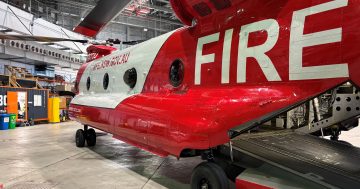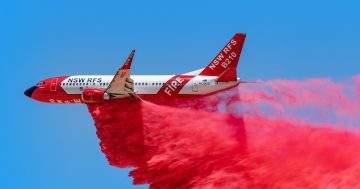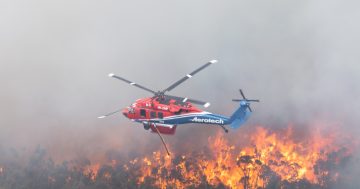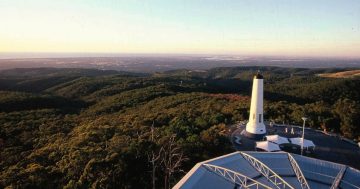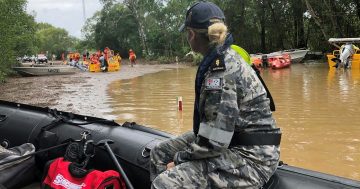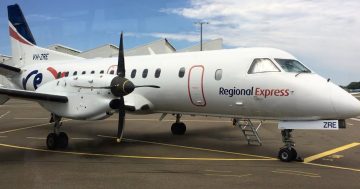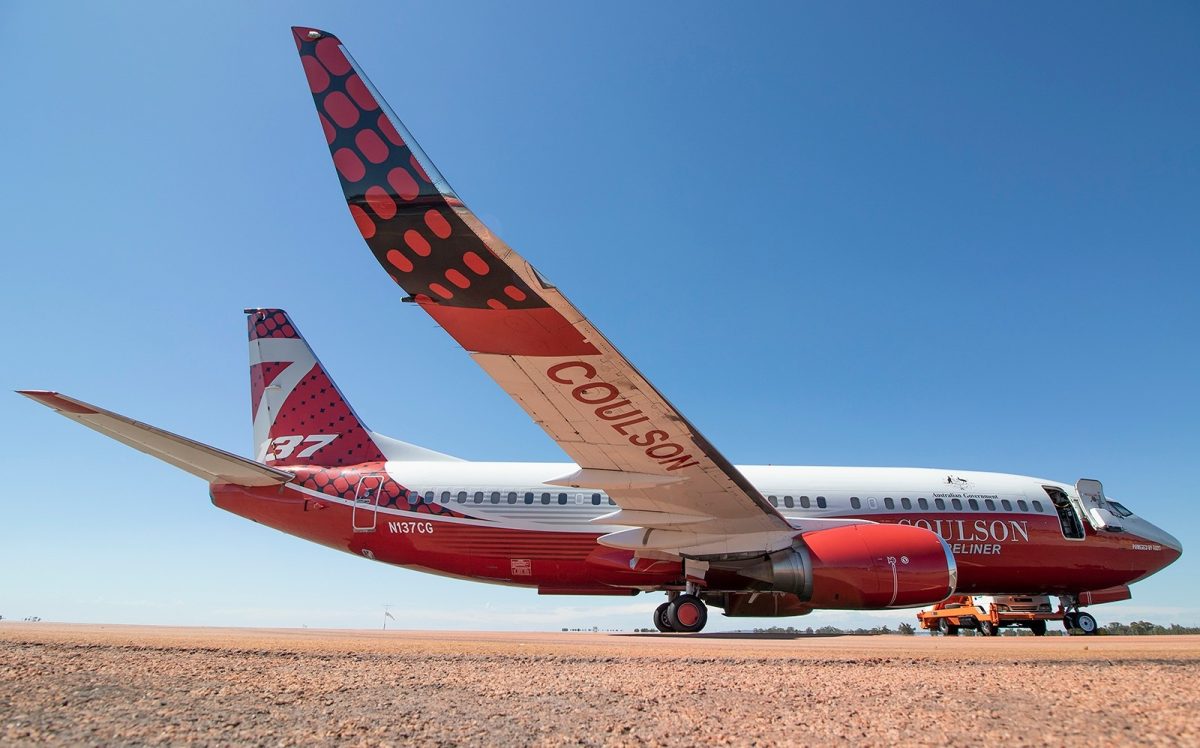
The Federal Government’s national large air tanker (LAT) operated by Coulson Australia. Photo: Coulson.
The Federal Government has promised an additional $35 million in the 2024-25 budget to the National Aerial Firefighting Centre (NAFC) for the provision of additional aerial firefighting aircraft.
The investment will allow the NAFC to expand its fleet and respond to more fires and other extreme weather. The aircraft will include a mix of fixed and rotary-winged aircraft, both of which are required to provide firefighters with options when fighting fires from the air.
The fleet review and additional funding are a result of recommendations made by the Royal Commission into National Natural Disaster Arrangements which was established after the 2020-21 Black Summer bushfires, colloquially known as the bushfire royal commission.
As of 31 March, the national fleet of aerial firefighter aircraft stood at 162 aircraft, comprised of six large fixed-wing air tankers, 15 large helicopters, 70 medium and small helicopters, 56 fixed-wing firebombers, and 15 light fixed-wing aircraft.
In times of crisis, this fleet can be supplemented by additional state-owned and contracted aircraft hired to meet peak demand across Australia, bringing the total number of aircraft available to authorities to more than 500 provided by more than 150 operators.
While the NAFC provides support to state and territory fire authorities to review their aerial firefighting fleets each year, apart from a single national large air tanker, the composition of the fleet is determined by the states and territories.
Minister for Emergency Management Murray Watt said the increased funding took the Federal Government’s contribution to national aerial capability to about $48 million a year.
“States and territories have, and will continue to have, primary responsibility for Australia’s aerial firefighting and rescue capability,” he said.
“But this boost will deliver more assets that will be able to be deployed right across the country, wherever they are needed.
“With this investment, we are not only increasing the number of aircraft available, but also broadening the type of aircraft so they can be used for different activities such as heavy lift, transportation and evacuations and resupply operations,” he added.
“This move … will ensure the fleet can support more Australians across more hazards, as well as international requests for assistance – as we continue to experience overlaps in the higher risk weather season with the Northern Hemisphere.
Minister Watt said Australia experienced the full gamut of disasters within weeks earlier this year, with catastrophic fire conditions, severe storms, cyclones, and flooding all demonstrating the aerial capability needed to be expanded to ensure communities could be supported during such events.
“It also ensures our national fleet can absorb some of the tasks we need to call on the Defence Force to help with, which is in line with our work to ease pressure on the ADF,” he said.
“While aerial assets have previously been used for bushfires, this new investment will expand response efforts to other types of disasters like floods and cyclones as well. We would foresee the new additions to the fleet being used for evacuations and food drops, particularly before and after floods.
“This is a fantastic step forward to ensure we are prepared for whatever comes our way in the future and will be welcome news to disaster-prone communities across the country.”


